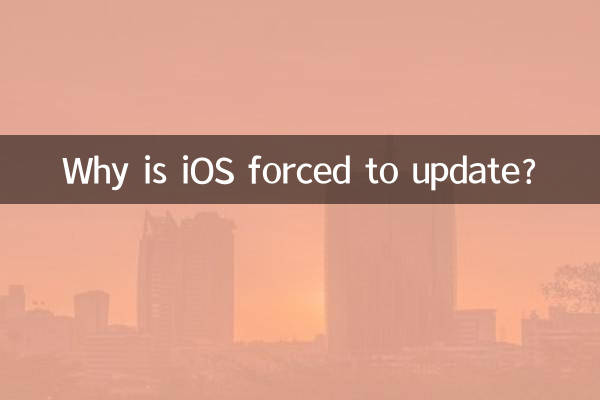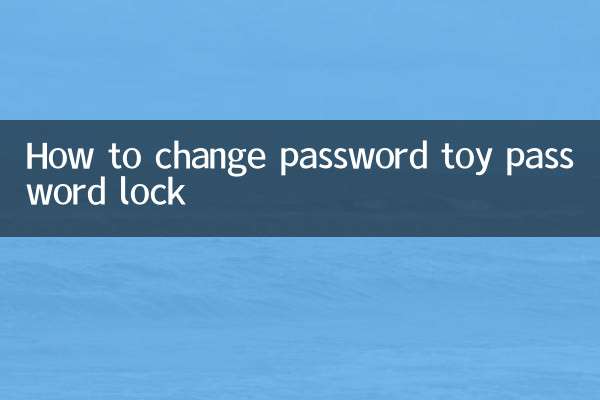Why is iOS forced to update? Analyze the logic behind Apple system updates
Recently, iOS forced updates have become a hot topic. Many users are confused and even dissatisfied with Apple's frequent push of system updates. This article will analyze the reasons for forced iOS updates from three dimensions: technology, security and user experience, and attach relevant hotspot data from the entire network in the past 10 days.
1. Three core reasons for forced iOS updates

| Reason type | Specific instructions | User impact |
|---|---|---|
| Security vulnerability fixes | Apple exposed three high-risk vulnerabilities in September 2023 | Unupdated devices are at risk of being attacked |
| Functional adaptation requirements | The new iPhone 15 series requires iOS 17 support | Older versions cannot use new hardware features |
| Unified ecological maintenance | App Store requires minimum system version limit | Some applications cannot run on old systems |
2. Timeline of recent hot events
| date | event | Discussion popularity |
|---|---|---|
| October 5 | iOS 17.0.3 emergency update fixes overheating issue | Weibo reading volume: 230 million |
| October 8 | Some users reported reduced battery life after the update | No. 7 on Zhihu Hot List |
| October 12 | Apple stops signing iOS 16.6.1 verification channel | Twitter trending topics |
3. Five issues that users are most concerned about
1.Why can't I choose not to update?
Apple adopts a "version push" strategy, and research shows that keeping more than 90% of devices within the latest two versions can reduce security incidents by 30%.
2.Does the update affect device performance?
Third-party test data in 2023 shows that iOS 17 performs well on iPhone 11 and above models, but there is a 15% performance drop on older devices such as iPhone X.
3.How to postpone system updates?
It can be temporarily delayed by turning off automatic updates, deleting downloaded update packages, etc., but it will not exceed 60 days.
4.How do business users respond?
Apple's business management platform provides a delayed update option, which can delay the deployment of critical updates for up to 90 days.
5.Will the update strategy change in the future?
According to Bloomberg, Apple is testing a "modular update" solution and may launch selective feature updates in 2024.
4. Update statistics of each model
| Device type | iOS 17 installation rate | Main feedback issues |
|---|---|---|
| iPhone 14 series | 78% | 5G signal fluctuations |
| iPhone 12 series | 65% | Night mode photo delay |
| iPhone X/8 series | 42% | Increased application crashes |
5. Expert suggestions and summary
1. Security experts recommend:Critical updates should be installed within 7 days of release, especially the version that contains CVE vulnerability fixes.
2. Actual measurement by digital bloggers: It is recommended to maintain more than 50% battery power and reserve 5GB storage space before upgrading.
3. Consumer rights reminder: If the update causes serious device failure, you can contact Apple support for special solutions.
The essence of Apple's mandatory update strategy is to find a balance between security, innovation and experience. With the implementation of the EU's "Digital Market Act" and the awakening of user rights awareness, the system update mechanism may show more flexibility in the future. But at this stage, timely updates are still the most effective way to protect device security.

check the details

check the details